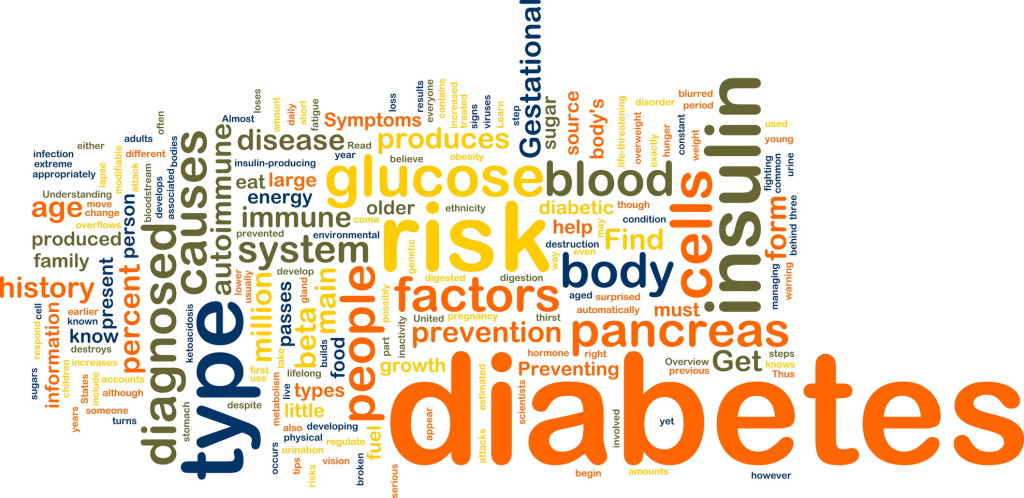Blog
Habit
Life is known for providing the unexpected. Take habit. There are good habits and bad habits. Those of us who were young adults in the ‘60s all smoked. It was a socially acceptable habit. Do you remember coming home from the cinema or a dance and your clothes smelt of stale cigarette smoke. How hard was it to break that bad habit? Some of us still carry the scars. Walking up stairs leaves us breathless. At the time we did not accept the damage that we were doing to our bodies. GOOD HABITS Then there are the good habits. Eat your vegetables we were told. Some became vegetarians. Our bodies now lack various trace elements and iron. We are told to supplement with a host of “natural supplements”. Butter is bad and margarine is good. No sooner had we got used to the taste of margarine than we were told that margarine was just another form of plastic. SLOWING DOWN Now that we have got to a stage where our bodies are in revolt we are told to exercise. The jogging craze of the ‘70s and ’80s has left too many sore knees and hips for exercises on hard surfaces. Also we have now slowed down, thank you. Research shows that even simple exercise helps to stave off a host of nasties that send us scurrying off to the doctor. Running long distances may well be out of the question but aqua exercises are gentle on the body and joints but still provide the required movements. Get in the swim!
Overcoming barriers to physical activities
The progress of technology from the first heavy mobile phones of the mid-1970s to the technology that allows devices to be carried in pockets and handbags has left many of those born in the late 1940s and early 1950s out in limbo and somewhat behind out children and grandchildren in staying conversant with social media. This is no excuse to ignore these forms of communication in order to stay in touch with the world in which we now live. Where is all this going? It is going right into the technology era where skills are seriously limited and producing a “blog” is a major undertaking. The point of all this long introduction is to initiate a discussion on overcoming barriers to physical activities. An example was of a swimming instructor who had to show patience and innovation to teach basic swimming skills to a variety children with serious disabilities which included being blind, having Down syndrome, cerebral palsy and pervasive development disabilities A number of things were highlighted. The instructor was both patient and prepared to modify her approach to get through to the various children. The underlying technique that she applied was to engage the children in games that eventually led to the desired outcome. She was not prepared to give up in the face of seemingly impossible barriers. It is all too easy to dismiss children with disabilities as being unable to be taught or to exclude them from activities that “normal” children enjoy. These skills are not picked up quickly. However, the feeling of accomplishment evident on the faces of the children, tell of the self-worth that these little fighters enjoyed on the completion of simple tasks. All this highlights how important it is to continue to exercise as we grow older. How often does one quit because it is too hard. How often the excuse is used that enough exercise was expended in the years of ones youth to last one a lifetime while being able to take part in a wide variety of physical activities. The scars of injuries picked up in those years prevents one from running five kms three times a week because the artificial hip joint will not take the impact of pounding the tarmac. Remember the example of the instructor teaching a variety of disabled children the rudiments of enjoying time in a swimming pool and getting the benefit of the physical activity. Find an activity that suits you. Try water exercise where the water provides the buoyancy and takes the weight off the artificial joint. Yes, you can still enjoy the proven benefits of exercise in your mature years. Be innovative. Get into the swimming pool and “be cool”. Remember to consult a medical practitioner or physical therapist about your current levels of fitness and the appropriateness of your physical activity.


